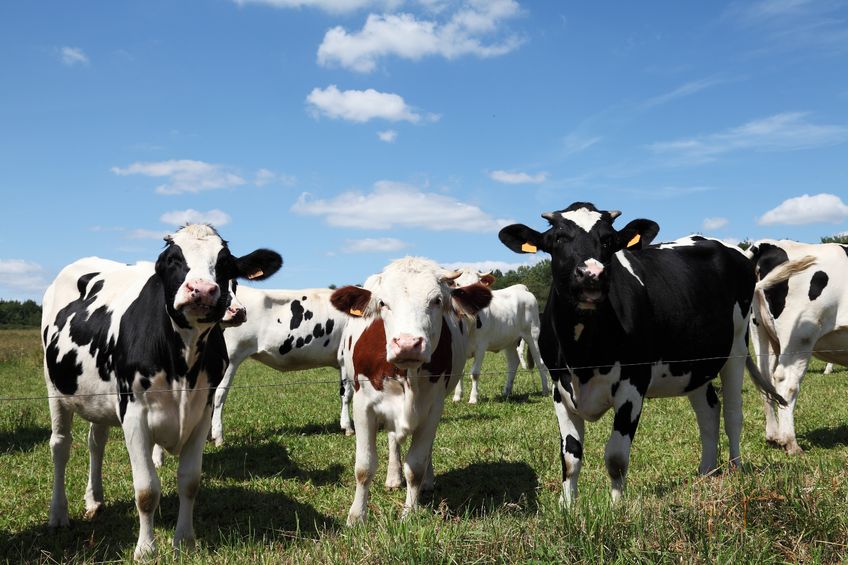
The Action Group on Johne's, a cattle disease, has launched an industry consultation on Phase II of the Action Johne’s Initiative.
Johne’s Disease is a chronic, debilitating and irreversible infection of cattle which is common in many herds.
While as few as 1-5% of cows in any year will show clinical signs of scour or wasting, more of the herd will be affected and suffer reduced output.
Animals with Johne’s Disease are likely to be culled earlier, and are also likely to be affected by other conditions, including chronic mastitis, lameness and high somatic cell counts.
Throughout The Action Group on Johne’s 'Phase I', milk buyers accounting for just over 80% of milk supply in Great Britain signed up to the Initiative and around 50% of dairy farmers have engaged in a form of surveillance.
Speaking about the consultation, Lyndon Edwards, Chairman of the Action Group Johne’s, said Phase I of the Action Johne’s Initiative made "great progress".
'Strengthening industry engagement'
Mr Edwards said: "We want to build on this strong foundation to make further progress in managing and reducing the incidence of Johne’s.
"We believe the key to success is strengthening industry engagement with vets.
"As a result, Phase II includes a requirement for a much closer working relationship between dairy farmers and their vets.
"The objective is to ensure the effective application on dairy farms of the six control strategies developed by the Action Group.
Mr Edwards said the group's proposals for Phase II will chime in with the cattle industry’s focus on BVD.
He continued: "The principles for tackling both diseases are fundamentally the same.
"In both cases, farmers need to assess the level of biosecurity and disease risk on farm, define the disease status of the herd, create an action plan and monitor progress.
"It therefore logical that farmers should tackle both when they can."
Long term project
"Farmers can be confident that vets will have the expertise the industry needs for Phase II," said Mr Edwards.
"The British Cattle Veterinary Association has set up an excellent online training course and only vets that have passed this course will be able to sign-off activity on farms as meeting the requirements of Phase II.
"We realise that the dairy sector has suffered badly from low prices over the past two years but tackling Johne’s is a long term project that requires sustained application regardless of where we are in the price cycle.
"The Action Group remains confident that farmers will benefit tremendously from managing and reducing the incidence of Johne’s in the national dairy herd and all industry feedback will be welcome to identify the best ways to work together to achieve that objective."
The industry launched the Action Johne’s Initiative to reduce the economic impact of Johne’s on the industry, to improve animal health and welfare, maintain international competitiveness and ensure sustainability.
An additional factor is the role of Johne’s in anti-microbial resistance because of the other disease conditions associated with it.
